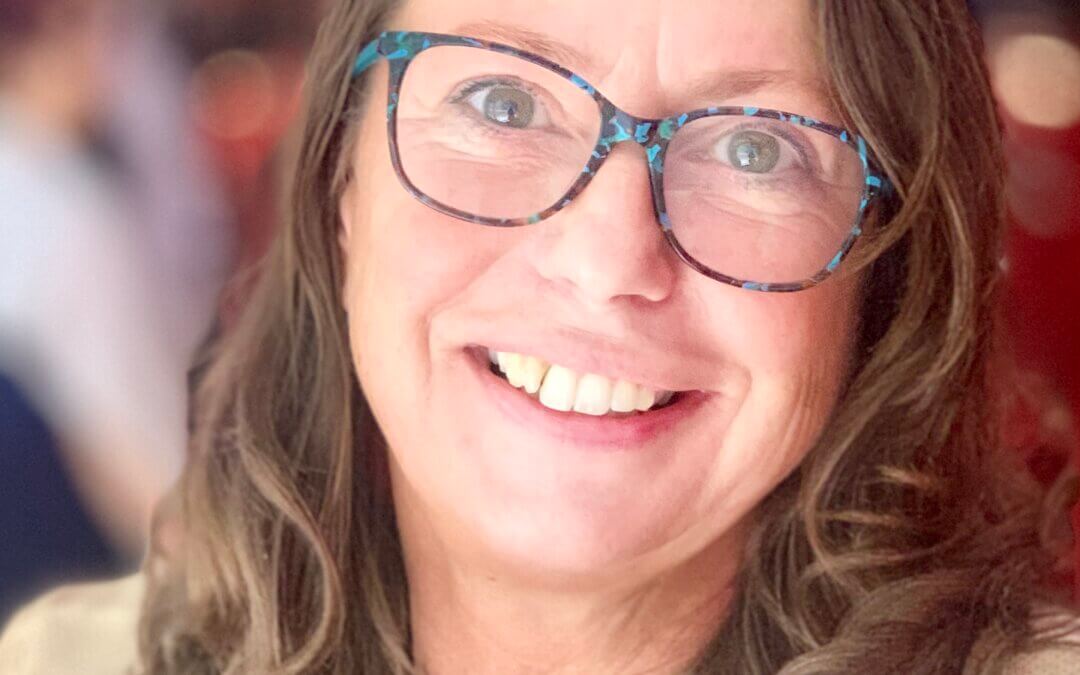
Necessity is the mother of invention: Covid catalysed creativity in capital markets
The idea that market makers, as electronic liquidity providers, are some kind of offshoot in liquidity provision has finally been put to bed during the recent pandemic.
The market making community is becoming an increasingly large part of capital markets; a recognised destination for retail and institutional investors alike. It’s a shift that started some time ago, was expedited by the conditions that Covid created, and now looks set to lead to the institutionalisation of market makers and the service they provide to capital markets.
Perhaps in the early days of electronic trading there were some market making firms that chose to put profit before long term client relationships; and that created an environment of mistrust. But that’s been broken down over the years by firms who have been more honest and open about what their trading strategy is. How they execute their order flow, and how they share information with their counter parties. Post trade data standardisation has been critical in the change because it provides that welcome level of confidence and trust. As one asset manager eloquently put it during my research for the Liquidity in the Time of Covid report: “You can take a turn but don’t take my shirt”.

“As one asset manager eloquently put it during my research for the Liquidity in the Time of Covid report: “You can take a turn but don’t take my shirt.””
When the pandemic struck there was still a healthy level of scepticism towards electronic liquidity providers. Traders wondered how and whether they would benefit from a participant with superior technology and the ability to understand their flow. But as some on the sell side started to pull balance sheet back a vacuum in liquidity was created, and many buy-side found themselves unable to execute their trades. Market makers saw this, recognized the opportunity and stepped in to fill the vacuum. They provided the liquidity the markets needed, and the wider behaviours that accompanied this shift were really encouraging. Market makers stepped up to educate a sceptical buy side, and there was much more dialogue and knowledge-share in routing practices than we’d seen previously.

“Market makers stepped up to educate a sceptical buy side, and there was much more dialogue and knowledge-share in routing practices than we’d seen previously.”
The report is very clear that, during the period of heightened stress in the markets, automated trading helped to keep capital markets moving. But perhaps what’s even more interesting is the ongoing influence of that shift even today. We are starting to see a knock on impact on what assets are being invested in and how trading takes place. So rather than an asset manager looking to get a single ticket done in £30million they are starting to think more creatively about the different ways they might execute that order. That might be with one electronic liquidity provider they engage with and then they are able to increase their order size. Or increasingly, looking at different ways to get the same exposure. So rather than a single issuance for 2029 for example, perhaps they’ll get the same exposure but change the assets they trade so that they get exposure over 2025, 2027 and 2029.
As the markets have normalised, the buy side has started to recognise the importance of having optionality, so they have different types of providers they can go to for different types of flow. Today, it’s much more about making sure that you have the right trading partner for the right order flow that you are looking to execute. By offering broader optionality, market makers have not only grown their own market share during the pandemic, but opened new horizons for all market participants by democratising access to liquidity. Their presence has meant that everyone and anyone can enjoy the same access, creating a more level playing field for all participants, whatever their tier or type. It’s a sign that the markets are evolving and signals how different market participants are working together within the wider eco structure to create the better outcomes for everyone.
